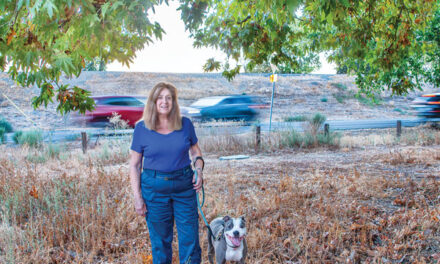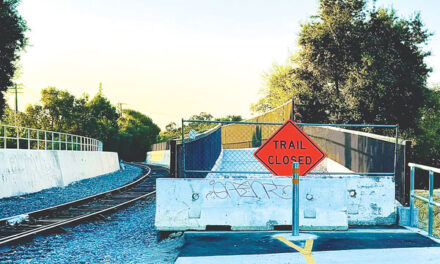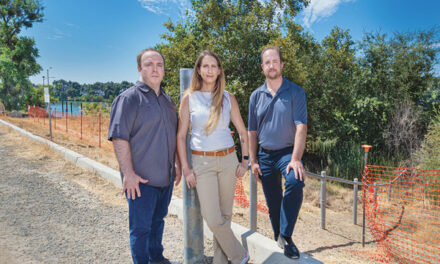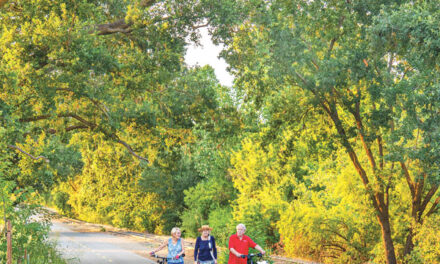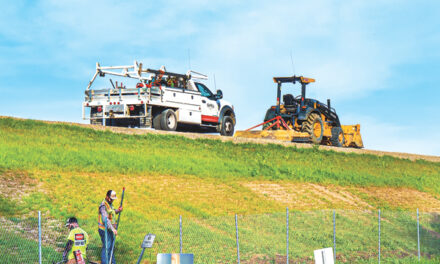Rental scooters and bikes, often battery powered and accessed with a smartphone, are considered forms of “micromobility.” Some observers say bike sharing is the “transportation success story” of the last decade.
But micromobility is still in its infancy. We can expect changes in equipment, operations (recharging and repositioning the devices) and management of systems.
The benefits are clear. Rental bikes and scooters are inexpensive, quiet, non-polluting, fun and available on demand. Electric-assist bikes provide health benefits from pedaling. But there are problems.
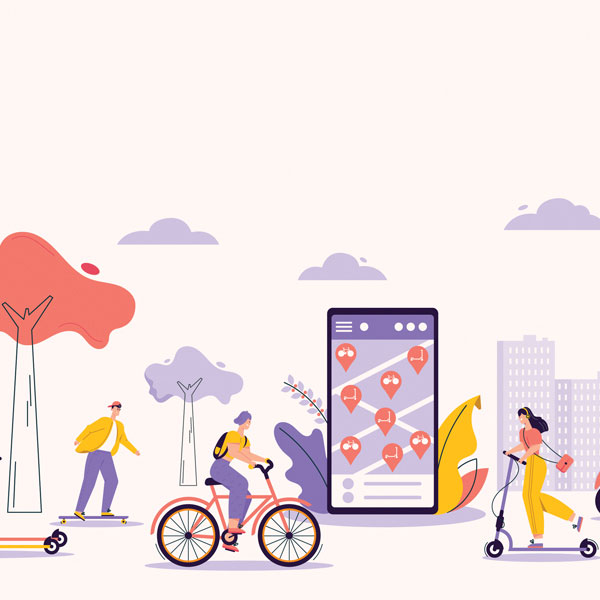
Idle bikes and scooters may block sidewalks, riders may endanger pedestrians on sidewalks and, especially for scooters, riders may endanger themselves. Bike-share user Dan Allison says the local vendor is “not maintaining and picking up dead bikes in a timely manner.”
Estimates say shared devices can capture 8% to 15% of trips under 5 miles (more than half of U.S. car trips are less than 3 miles). That’s a $200 billion to $300 billion market. Recognizing the potential, some startups dumped thousands of bikes and scooters on city streets, sometimes without approval. The chaos has ceased, and many of the startups no longer exist.
Sacramento took a measured approach to bike share and reaped benefits from not being first. Through an agreement with the Sacramento Area Council of Government, vendor JUMP put 900 bright red electric bikes on the streets of Sacramento, West Sacramento and Davis in 2018.
Sacramento became JUMP bike’s premier U.S. location with the highest number of trips (1.3 million in 2019) and trailing only Paris globally. JUMP bikes were used an average of more than five times a day, two to three times the rate in most cities.
Then came the pandemic, which shut down operations, and the sale of JUMP to Lime, a company that didn’t exist before 2017.
Lime currently has 300 bikes in Sacramento and West Sacramento, with 300 more promised in the next few months. Rides have dropped from the JUMP heyday.
A critical mass is needed for bike or scooter sharing to be convenient and effective. If a device isn’t nearby, users won’t bother walking half a mile to make a short trip.
Lime has scooters in Sacramento and competes with Bird, Razor and Helbiz. Those four companies are permitted 2,400 total devices, bikes and scooters combined.
Scooters are cheaper to buy, recharge and “rebalance” (move where needed) than bikes, so they have been able to operate without any government subsidy. For bikes, SACOG subsidizes each ride on a sliding scale of 38 cents to 70 cents based on the rides per day. The subsidy goes away if there are more than 2.75 rides per day.
Meanwhile, Sacramento charges vendors a fee instead of providing a subsidy. Both bike and scooter vendors pay the city 10 cents for each ride, with funds going toward additional bike parking.
Micromobility users tend to be male, white, with above average income and education. There’s been an effort to have equitable programs that make bikes and scooters available to disadvantaged communities at discounted, affordable rates.
In Sacramento, Lime scooters are more expensive than Lime bikes. It costs $1 to unlock a Lime bike or scooter. It’s 32 cents per minute of riding time for a bike (plus tax) and 45 cents per minute for a scooter.
Sacramento has demonstrated its potential for micromobility and has the street grid, climate and topography to support it. Micromobility growth will almost certainly continue. The question is how.
Can systems be profitable without subsidies? Are bikes and scooters complementary modes or competitive, stealing trips from each other? Are shared devices better than individual, private ownership of e-bikes or scooters?
How much will high tech merge into low-tech machines? There’s talk of sensors and geofencing to keep devices off sidewalks. SACOG’s Sabrina Bradbury says Lime is considering swappable batteries, usable in both bikes and scooters. That would make recharging much less expensive.
Will cities transform streets and trail systems to make bikes and scooters safer and more convenient?
Transportation consultants at Kittelson & Associates write, “… it is imperative that cities speed up implementation timelines for expanding access and availability of multi-use pathways. Safe and available infrastructure is the biggest barrier to increased micromobility usage across the country. …”
We can hope the questions get sorted out and micromobility helps make our neighborhoods and cities better places.
Walt Seifert is executive director of Sacramento Trailnet, an organization devoted to promoting greenways with paved trails. He can be reached at bikeguy@surewest.net. Follow us on Facebook, Twitter and Instagram: @insidesacramento.






